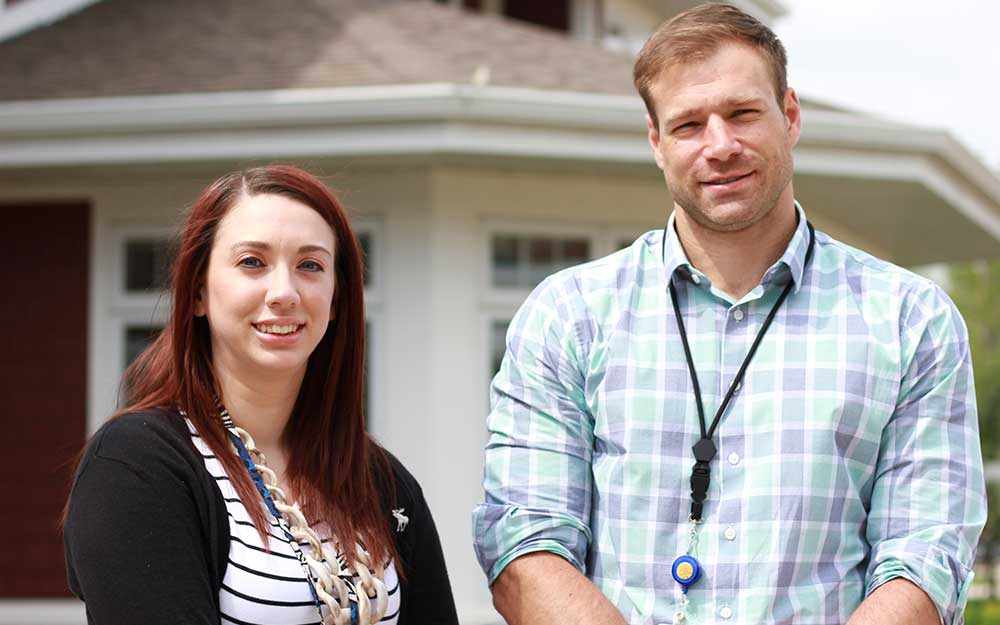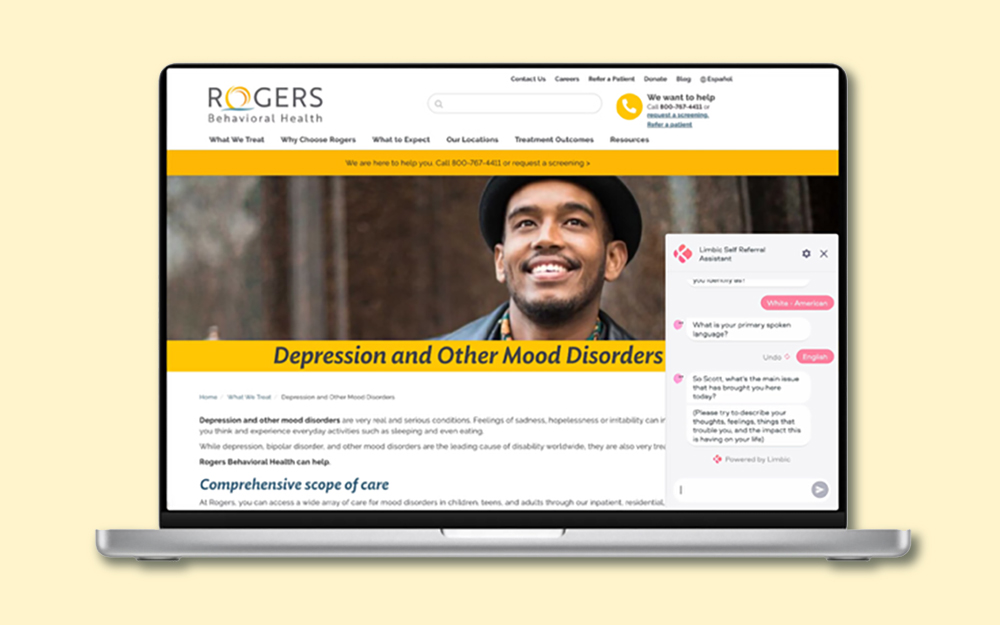
The new depression protocol ‘works in real life’
05/14/18 06:40:pmIn the last year Rogers took on the monumental task of creating a protocol for how depression is identified and treated throughout the Rogers system. That’s right—a set of standards for therapy and medications for every Rogers program in every level of care. The Depression Value Stream also includes in-depth training on the protocol and then fidelity monitoring to ensure the protocol is being followed consistently.
With eight Rapid Improvement Events (RIEs) completed, the results are nothing short of astounding. The metrics are impressive, and you can see an even bigger impact when you ask those involved in the new ways.
Just talk with employees like Kim List, who works as a support specialist in the adult inpatient unit in Oconomowoc, the first unit to implement the inpatient depression protocol.
She explains, “The biggest and best change is consistent and structured patient groups. Patients are being challenged more to be the leading force in their own recovery. We have them strongly engaged in therapeutic work for most of the day, and we all use the same language and same thought directing/changing therapeutic language with the patients in and outside of groups.”

Allie Hornak, PCA, finds the assessments extremely valuable too. “As staff we are more aware of where exactly our patients fall on the depression scale. The QIDS assessment gives us a snapshot into what the patient is struggling with the most and how they feel. From there we are able to treat them in a more personal way based on their score.”
For Allie, this change means she feels like she’s giving better care. “The new protocol involves staff more in getting to know the patients’ individual needs. We get a clearer picture of their individual struggles,” she adds. Patients are experiencing positive changes too. Since the new protocol was implemented, there’s been a 35 rank increase in patient satisfaction.
Allie was involved in the implementation of the new protocol and now helps to track the unit’s compliance with completing assessments and implementing changes that come about from the data gathered. Many in the department agree that the Rogers Improvement System has made the work environment more rewarding.
Joe shares, “I feel more involved in the process of improving the program, and so do our staff members. Piloting process improvements on our unit promotes employee engagement and empowerment in the change process. Our staff is always looking for ways to improve the Rogers experience for both patients and employees.”
With the group’s pride in their unit’s results and higher satisfaction with their work, they enjoy being a resource for other departments implementing the depression protocol.
Kim, for example, was in the RIE to take this program to Rogers–West Allis. “I got to tell them that it really works in real life,” she remarks.
Depression Value Stream Results
In addition to excellent results in inpatient, the protocol is also improving patient outcomes in our General Mental Health PHP: the baseline reduction in QIDS of 16% now averages 65% over the past two months.
“We know that we provided effective care before, and it’s really exciting to be able to more than quadruple the impact for the General Mental Health PHP patients in this measurable way,” shares Dr. Brad Riemann, chief clinical officer.
“The Rogers Improvement System helps us achieve the quadruple aim – better care at a lower cost and better experience for patients and employees,” explains Dr. Jerry Halverson, chief medical officer. “It’s good to see the results in every category. For example, using the preferred medication is saving $43,000 a year for just one diagnosis,” he adds.
| Non-Medical Treatment Metrics | Initial | Target | 90 Day (Average) |
|---|---|---|---|
| Fidelity to new group schedule and use of treatment materials | 0 | 50% | 86.25% |
| Providing QIDS within 12 hours of admission and once discharge checklist is initiated | 0 | 80% | 92.44% |
| Fidelity to the SAD algorithm (are the right people going to group?) | 0 | 50% | 64% |
| Reduction in symptoms of QIDS | 50% | 54% | 53.42% |
| Jan: 60% | |||
| Group attendance (Watch Metric) | 62% | 80% | 51% |
| Medical treatment Metrics | Initial | Target | 90 Day actual |
|---|---|---|---|
| # of times the algorithm is used | N/A | 50% | 50% |
| % of times medications prescribed off algorithm(remove patients who come in on off algorithm meds) | N/A | 20% | .07% |
| Reduction of symptoms on QIDS | 50% | 54% | 53.42% Jan: 60% |
| % of cost of medication off the algorithm | 50.8 | 35% | 1.18% |





